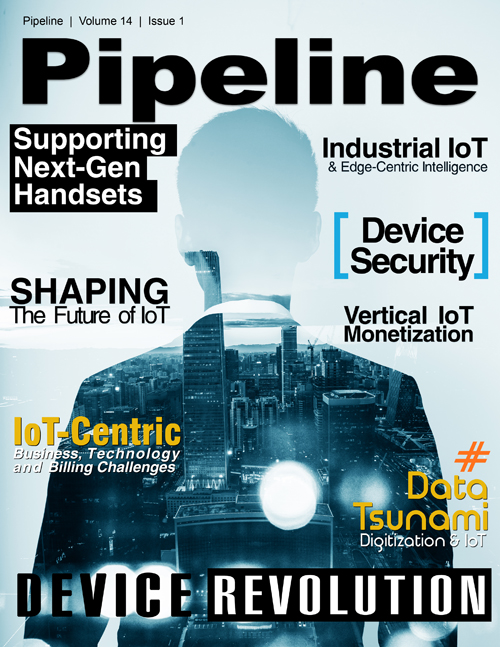Preparing for Tsunami of Data
Medicine: Increasingly digitized, the average hospital patient carries four sensors or actuators, as with insulin sensors, pumps and pacemakers. Additionally, consumer wearable technology is generating large amounts of data, which patients expect to be used in their care. For example, a group of doctors at Stanford Medical Center observed that larger numbers of their patients were coming to appointments with smartphones' and wearables' data that they wanted to leverage in their diagnoses and treatments. At first skeptical, the doctors investigated the accuracy of the data from consumer devices, but they ultimately found that the consumer data fell well within standards for clinical use. As this happens in more places, health care providers will integrate consumer data with that of their own professional instruments.
As that data grows, there will be a commensurate increase in risk. Consider, for example, the WannaCry episode, which demonstrated the susceptibility of medical systems to malicious attacks. It's also evident that the increase in devices also attracts hackers, so vulnerabilities, such as those now known in pacemakers, can have life-or-death implications if not proactively accounted for and prevented.
3D Printing: NASA has sent 3D printers to the International Space Station in order to reduce the stockpiling of certain spare parts; instead, creating parts as needed through design data and 3D printing. The cost of 3D printers varies by the type of material “printed,” with simple monochromatic plastic being the least expensive and metals being the most expensive. However, the cost of materials and 3D printing is coming down, which will increase the number of “products” converted into tangible form, on demand, from information that resides closer and closer to the end user. Because 3D printing files will be quite large and the volume of products sold daily will grow significantly, the level of traffic will be substantial.
Autonomous Vehicles: Maybe the most dramatic example of the coming data tsunami is in the transportation arena. Today, vehicles are being shipped with intelligent cruise control and other features that move us closer to the reality of self-driving vehicles, which are already undergoing on-road testing.
Today, the innovations are pretty much self-contained, but “around the corner” are innovations that require interconnection and constant communication — both of which will trigger the creation of more data.





















